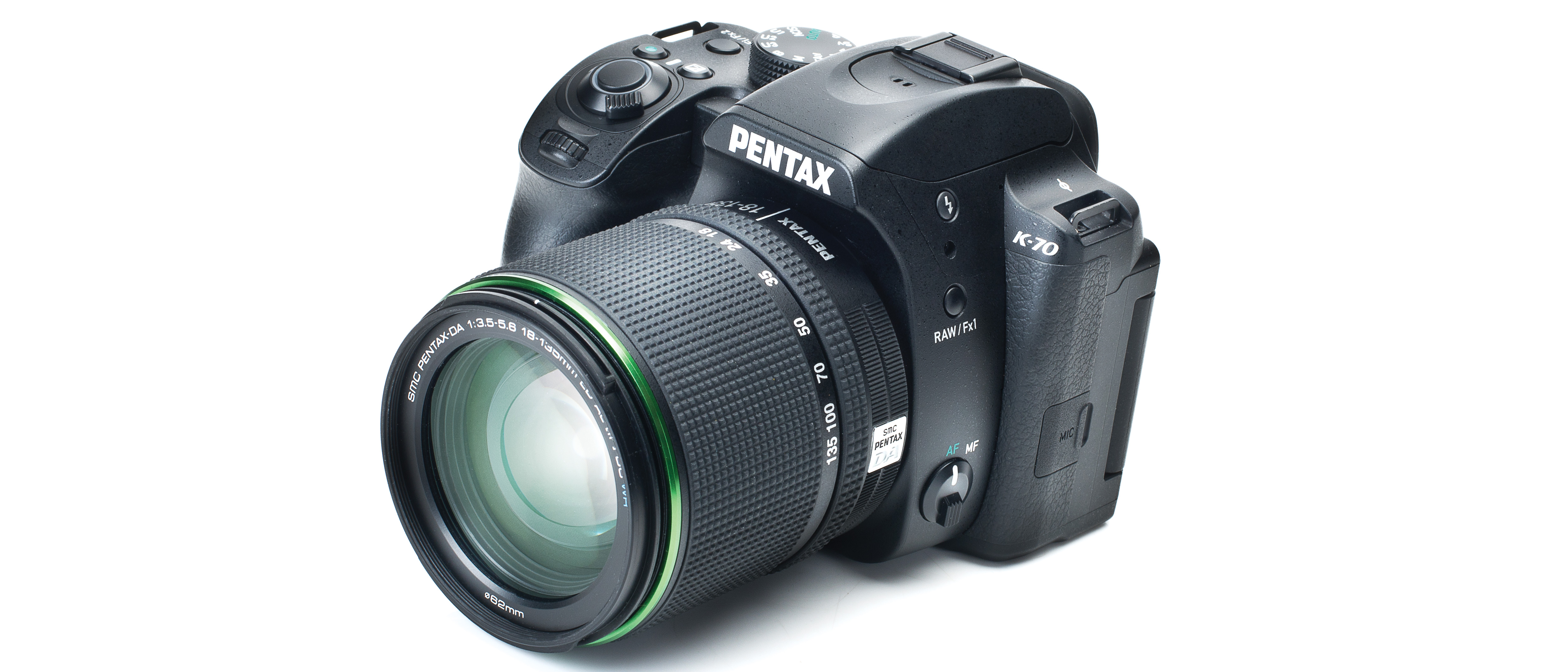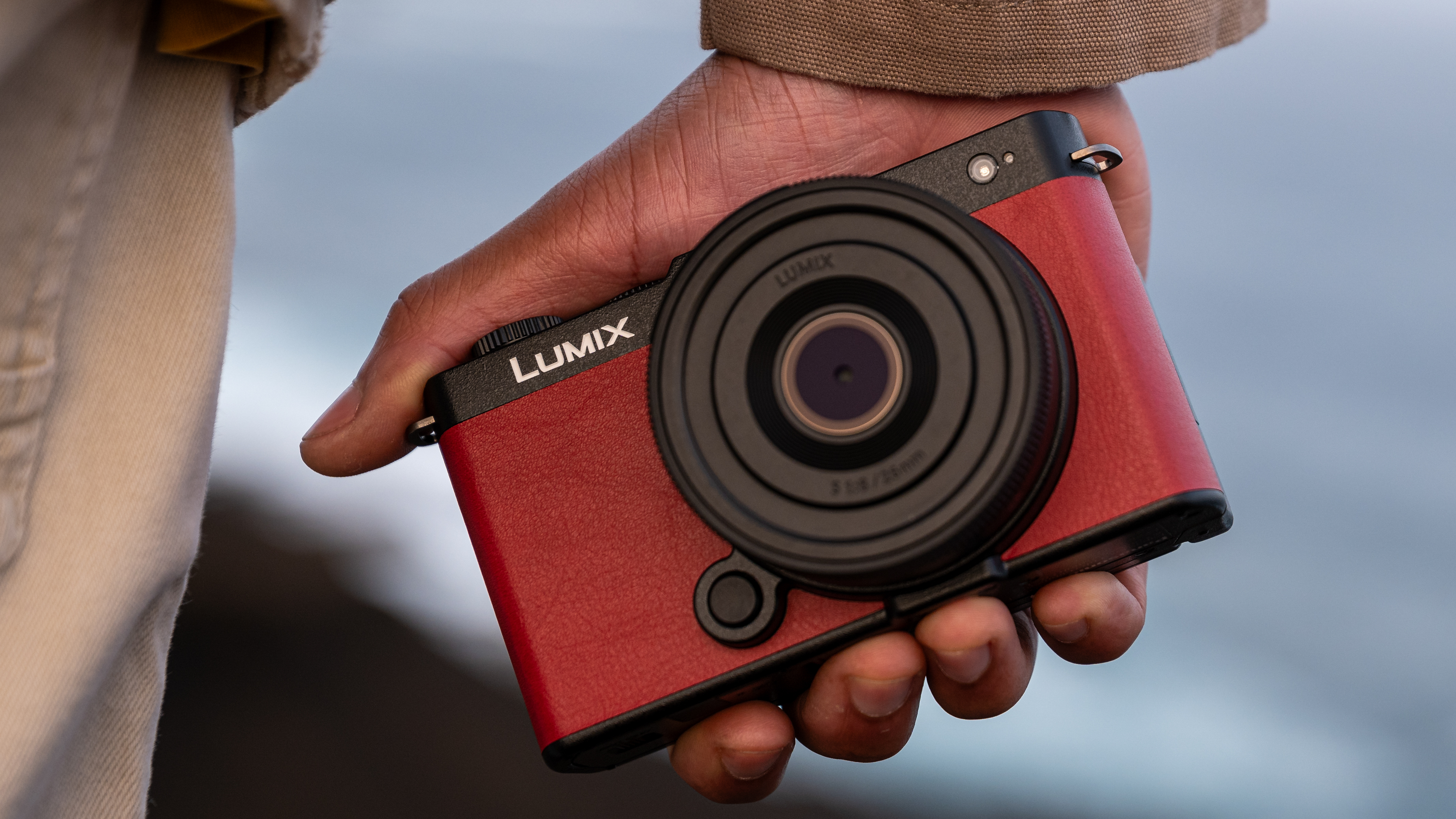Digital Camera World Verdict
The Pentax K-70 is very much a camera of two halves. Its weighty body and design quirks won’t be to everyone’s taste, but plenty of top features and great results make it worth considering. It's also making a bit of a comeback after going off the radar for a while, and at prices that suddenly make it look a lot more interesting.
Pros
- +
Weather-sealed body
- +
Built-in stabilization
- +
Value for money
Cons
- -
No 4K video
- -
Angular styling
- -
Some metering issues
Why you can trust Digital Camera World
The Pentax K-70 is a survivor and perhaps the most convincing proposition amongst Pentax's APS-C DSLR range. Ricoh Imaging had spent a couple of years revamping its Pentax-branded DSLR line and the K-70 was its upper-entry-level offering. Yet despite that billing, it offers the same high features-to-price ratio we’ve come to expect from the company.
Headline features include a 24MP APS-C sensor that’s been designed without an optical low-pass filter, for detail retention. The K-70 also boasts phase-detect AF pixels to provide a Hybrid AF system when using Live View – the first and only time Pentax has done this in a DSLR, even its most recent models. A pentaprism viewfinder with almost 100% scene coverage is good to find at this level, as is sensor-based image stabilization and the camera’s weather-resistant construction.
The K-70 debuts a Night Vision mode, which applies a red cast to the LCD screen to keep its brightness down in low light. There is also an Astrotracer mode that when paired with an optional GPS unit, the camera can adjust to star movement and shoot streak-free. The Outdoor View mode lets you boost or reduce screen brightness in poor or harsh light. And there is also a Pixel Shift mode that captures four images with a one-pixel displacement to create a composite file with better detail.
Pentax K-70 specifications
Sensor: 24.2MP APS-C CMOS, 23.5 x 15.6mm
AF points: 11-point AF (9 cross-type)
ISO range: 100 to 102,400
Max image size: 6,000 x 4,000
Metering modes: Multi-segment, center-weighted, spot
Video: 1,920 x 1,080 at 30/25/24p
Viewfinder: Optical pentaprism, 100% coverage
Memory card: 1 x SD/SDHC/SDXC, UHS-I
LCD: 3-inch vari-angle, 921k dots
Max burst: 6fps
Connectivity: Wi-Fi, NFC
Size: 126 x 93 x 74mm (body only)
Weight: 688g
Build and handling
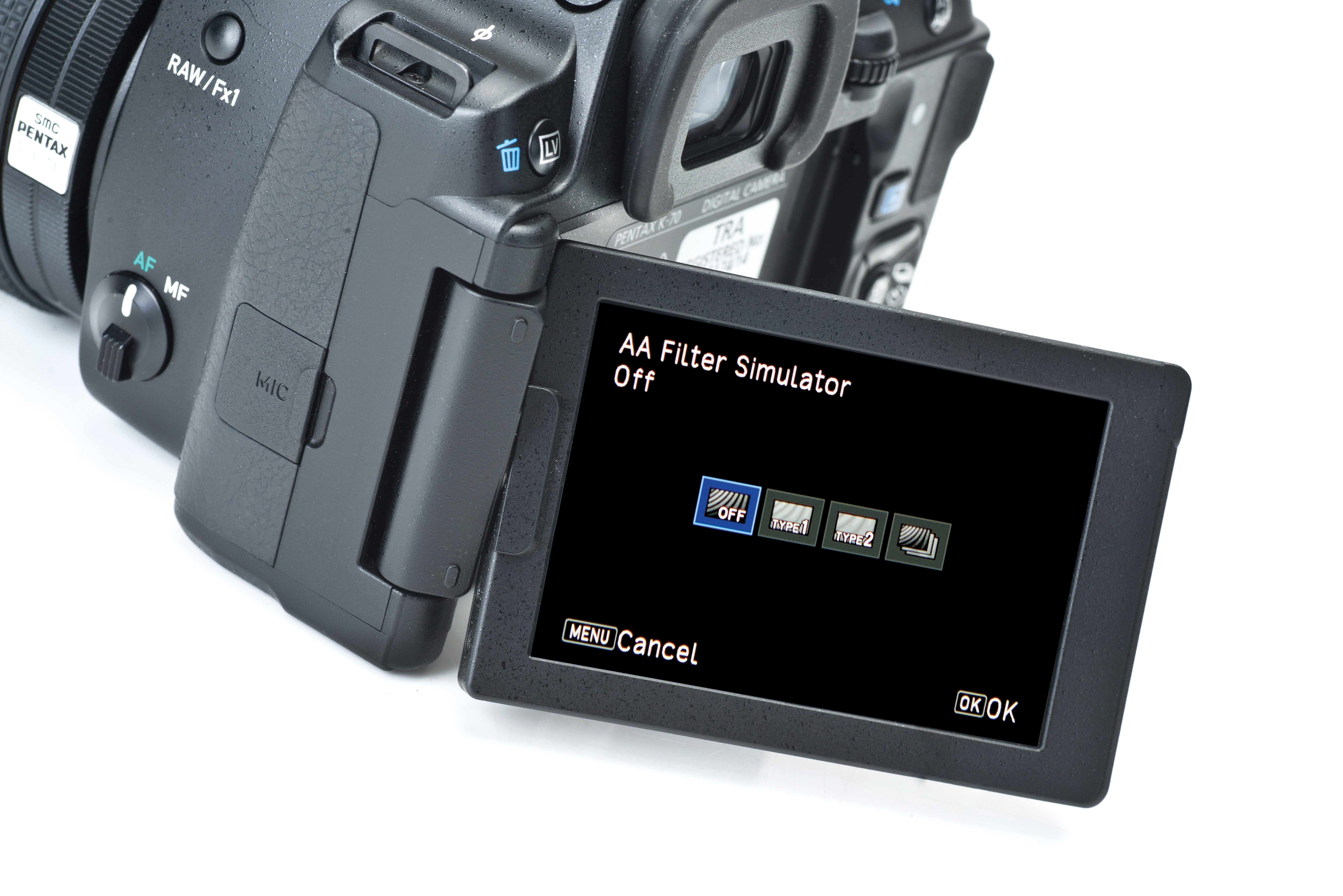
The body is larger and heavier than many rivals. The boxy design might not be to everyone’s taste and the handling is also likely to split opinion, as the grip unusually protrudes beyond the side of the camera. Still, the grip itself is nice and deep, and the thick rubber used here is very comfortable to the touch.
The design of the power control makes it easy to overshoot the On position and end up in the movie mode. Otherwise, buttons press positively, the mode dial is nice and tall for easy turning, and it’s great to find two command dials on a camera at this level. Customization here is recommended, however, as it can be difficult to turn the rear dial with your face to the viewfinder.
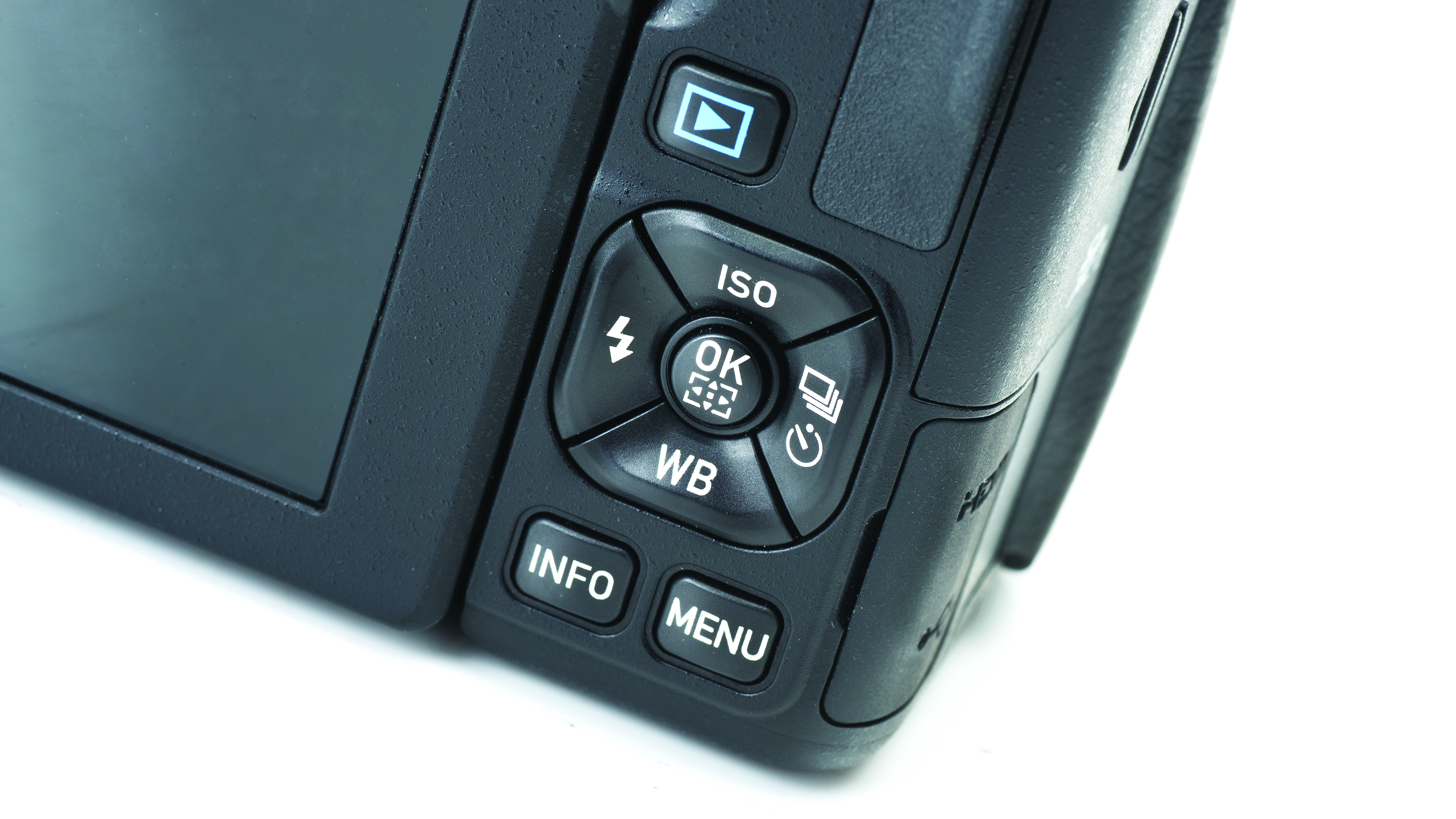
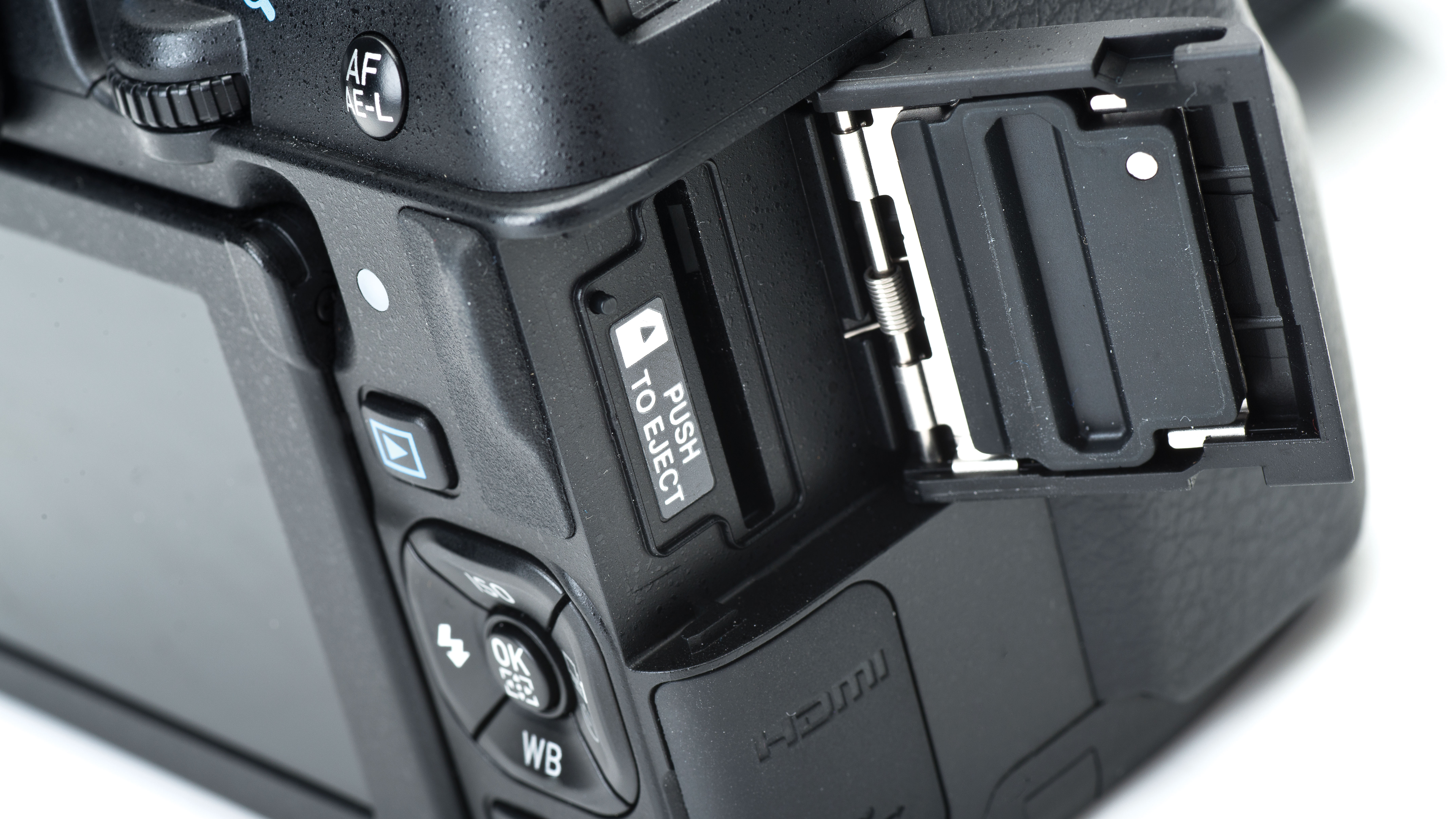
The viewfinder is clearly superior to those on rivals, with almost 100% scene coverage, although its high magnification of 0.95x makes it somewhat difficult to see in its entirety without having to shift your eye look around it. The LCD screen is high in contrast, though, and its vari-angle design boosts its suitability for awkward compositions, although it’s a pity it’s not touch-sensitive like the displays in many rivals.
An 11-point AF system is somewhat behind the times at this level, but the presence of nine cross-type points and -3EV sensitivity makes it very capable for general shooting. With the SMC DA 18-135mm f/3.5-5.6 ED AL (IF) DC WR kit lens, focusing is generally prompt for static subjects. The fact that points are spaced relatively far apart, however, means that the K-70 can’t quite be used for continuous focus with the same degree of success as some rival models.
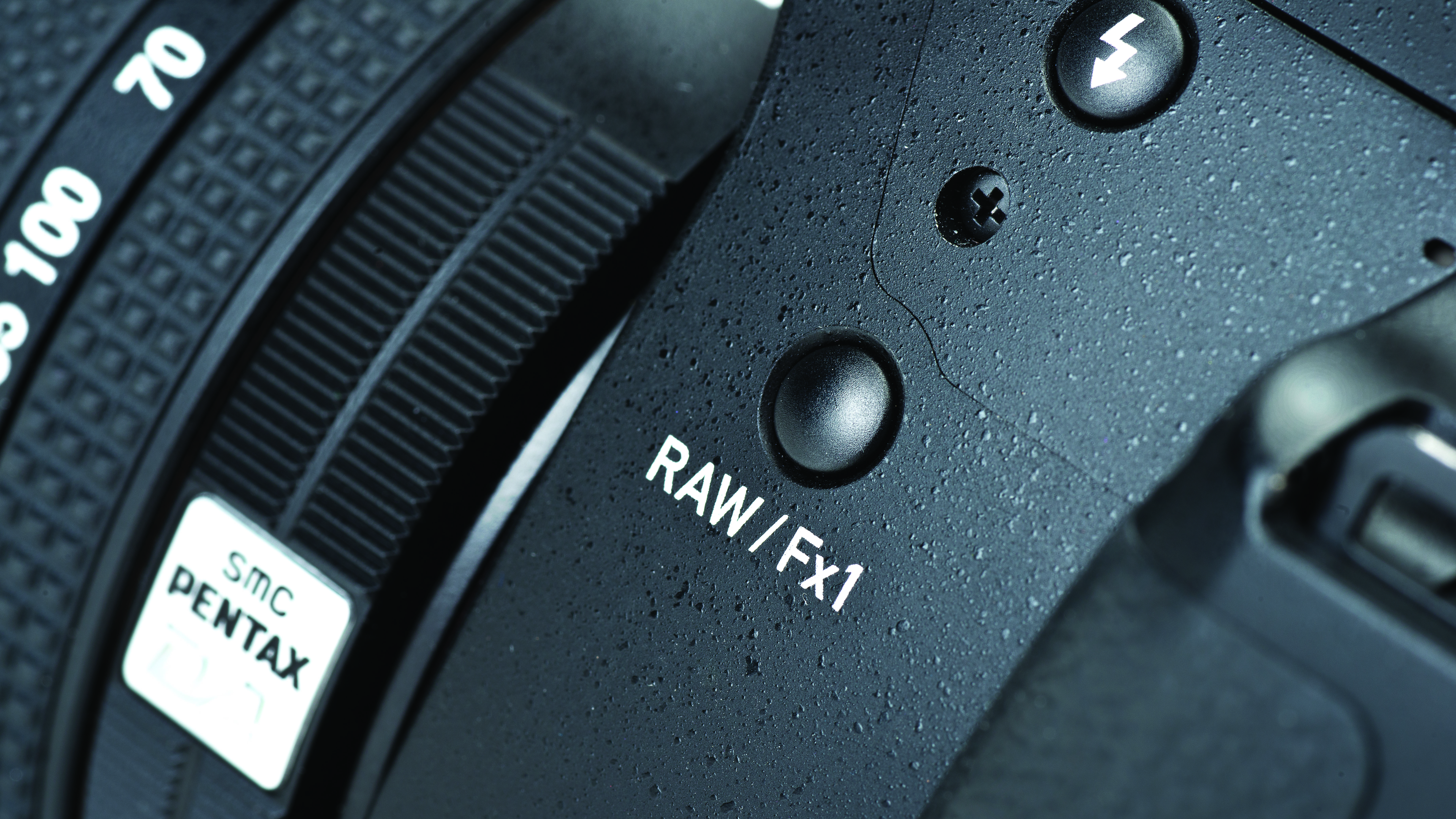
Performance
The Hybrid AF system means that focusing in Live View is particularly snappy. It’s worth identifying the focusing point rather than leaving the camera to analyze the scene, however, as its ability to identify and focus on key subjects can’t always be relied upon.
Image quality is generally very good. As has been the case on previous Pentax models, the camera’s default Bright Custom Image option delivers pleasingly saturated colors. Slight underexposure is something of an issue at times, although this is not difficult to rectify.
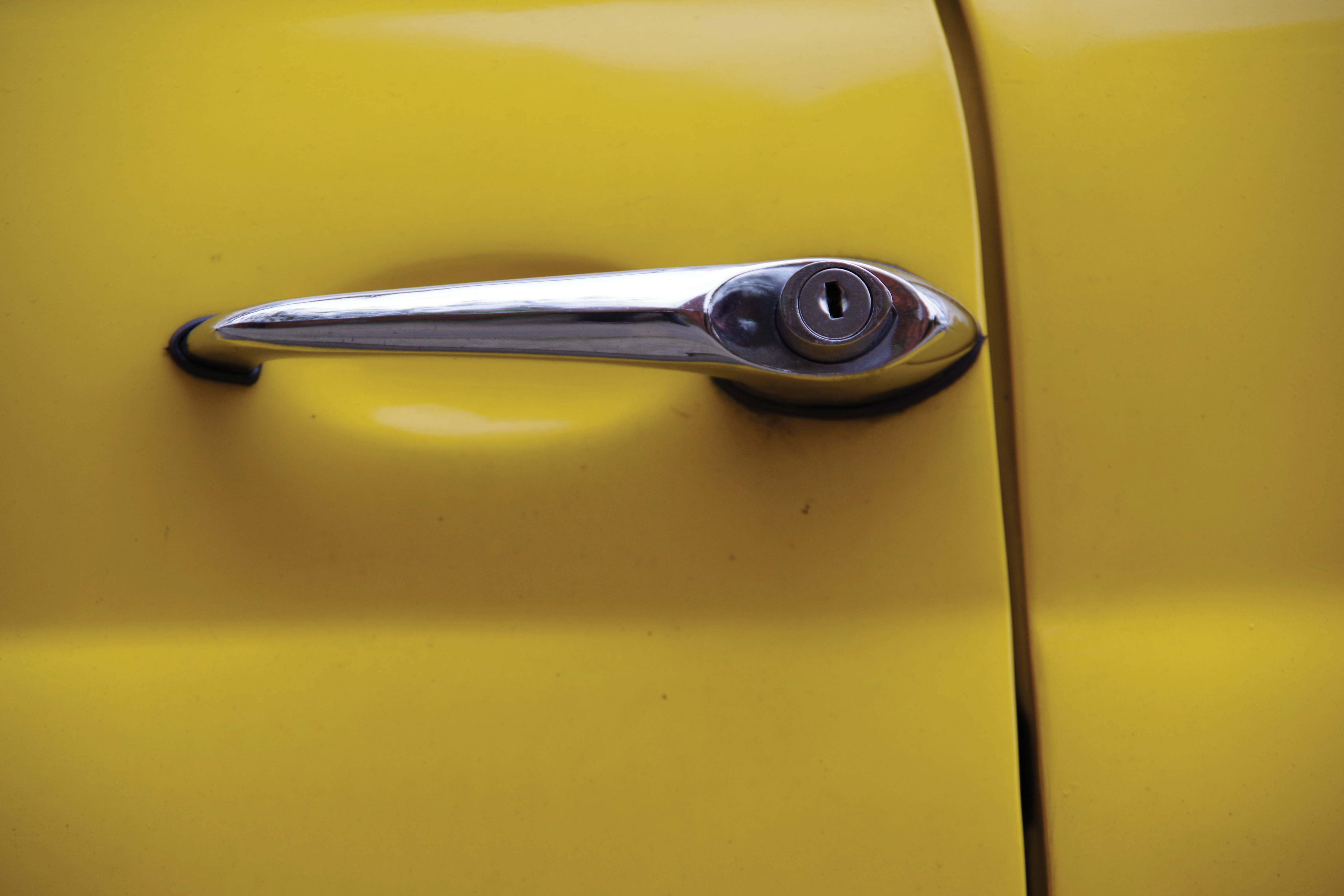

Control over noise is also excellent through the range, and even once you’re well into the four-figure range you just tend to get a gentle texture that can easily be dealt with if required.
The K-70 falls down slightly with video recording. Details are not rendered with the expected clarity, although the Shake Reduction system does well at keeping things stable.
Lab results
For our lab data comparison, we compared the K-70 to similar entry-level DSLRs; the Canon EOS 250D and Nikon D5600. We also included the evergreen Sony a6000 as an example of an entry-level mirrorless camera that's also likely to tempt photographers wanting to get a foothold in the system camera sector.
We test resolution using Imatest charts and software, and dynamic range and signal to noise ratio with DxO Analyzer.
Resolution (line widths/picture height):
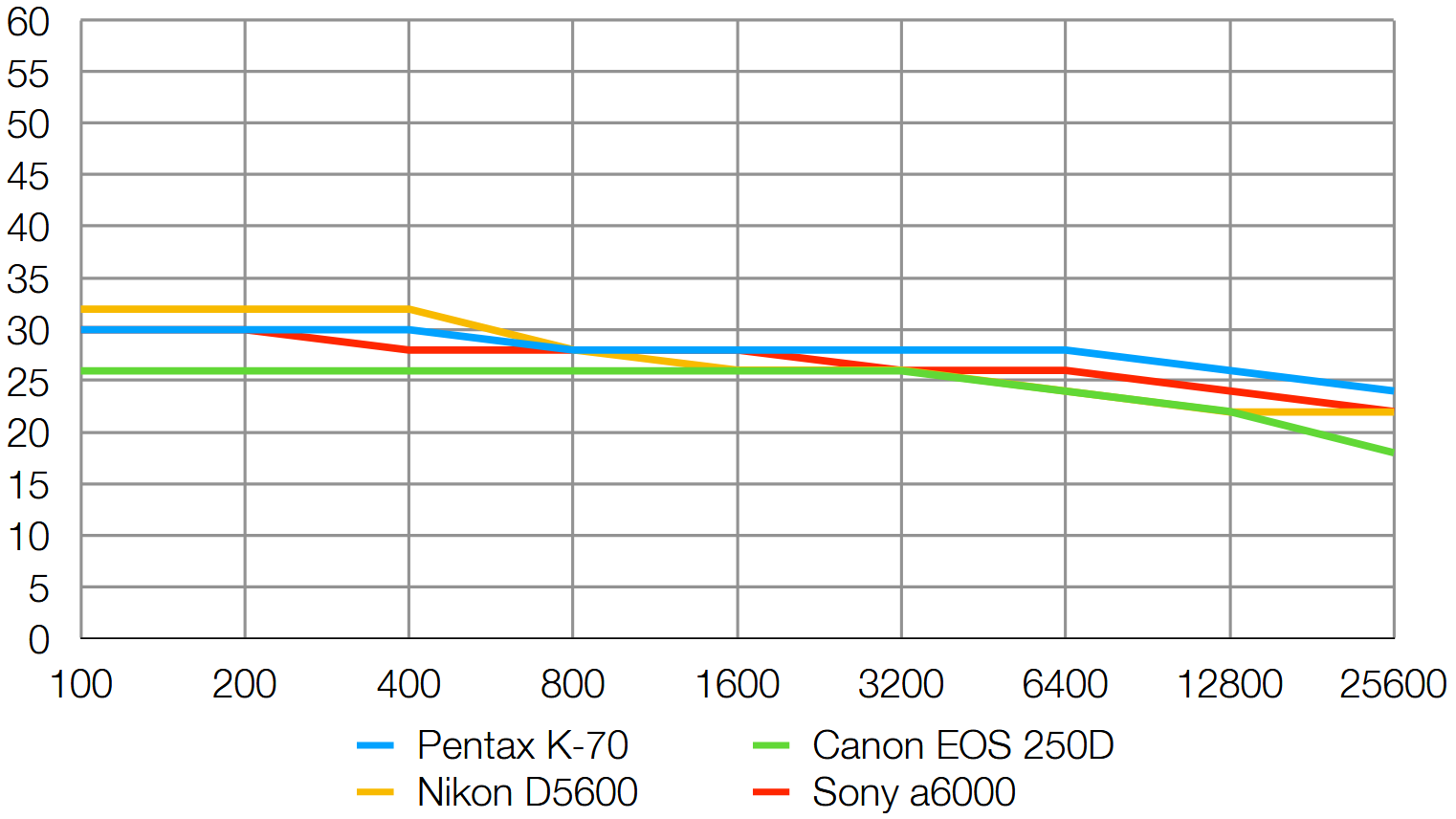
With all four cameras packing sensors with around 24MP on tap, its no surprise that the K-70 resolves very similiar amounts of fine detail to its competitors. The Pentax does however eke out a small but significant lead over the Canon and Nikon cameras at ISO 6400 and above.
Dynamic range (EV):
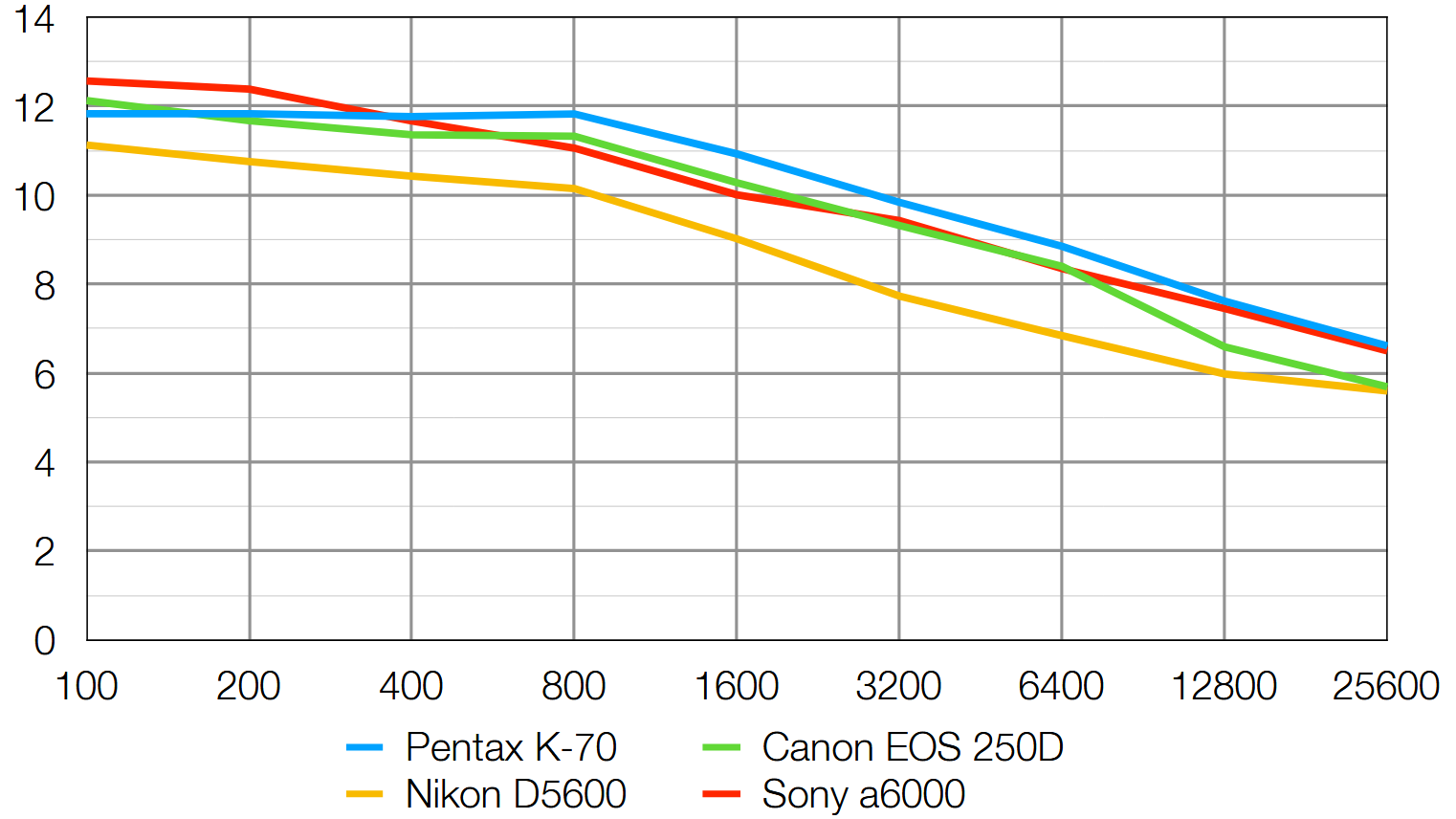
Though it's narrowly beaten by the Sony a6000 at the lowest sensitivities, overall the K-70 is the camera to beat when it comes to capturing the widest dynamic range.
Signal to noise ratio (decibels):
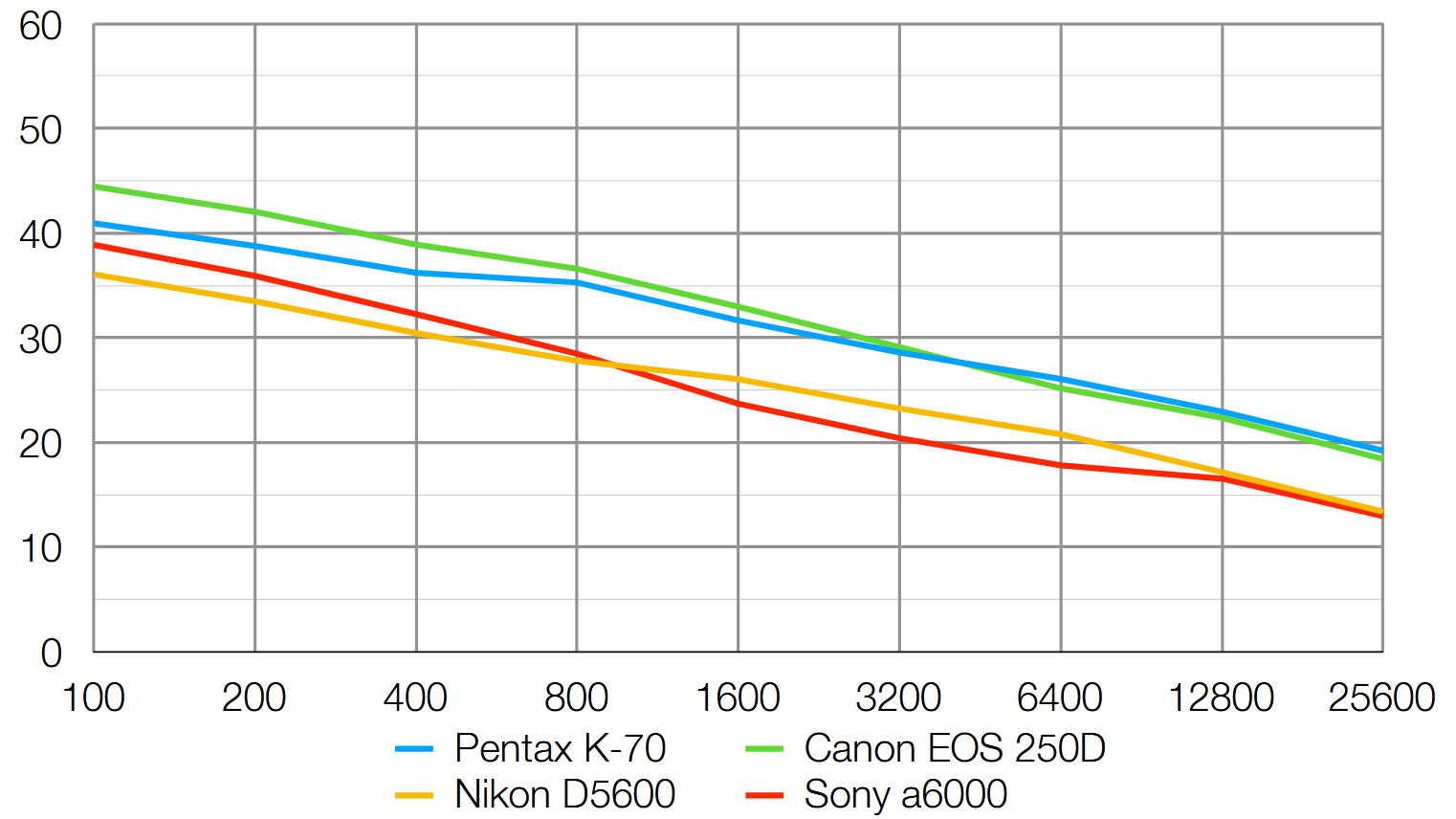
Our signal to noise test measures image clarity, specifically the ratio of the actual image 'data' you want to capture, versus the image noise that you don't want, but will inevitably be visible when shooting at higher ISO sensitivities. The higher the score at a given ISO sensitivity, the better.
The K-70 and Canon EOS 250D both do well in this test, producing images with impressively low amounts of noise throughout the tested sensitivity range.
Verdict
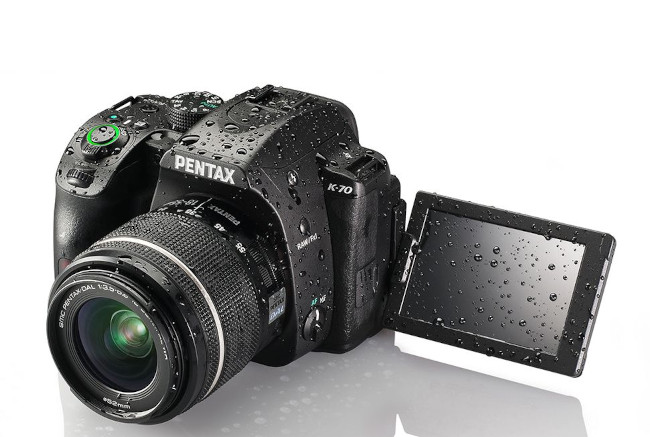
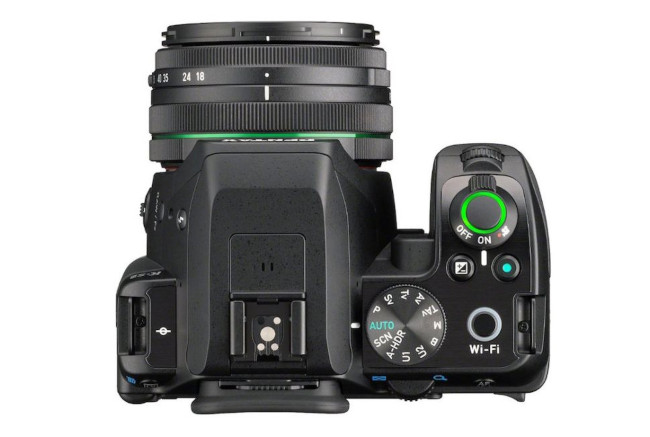
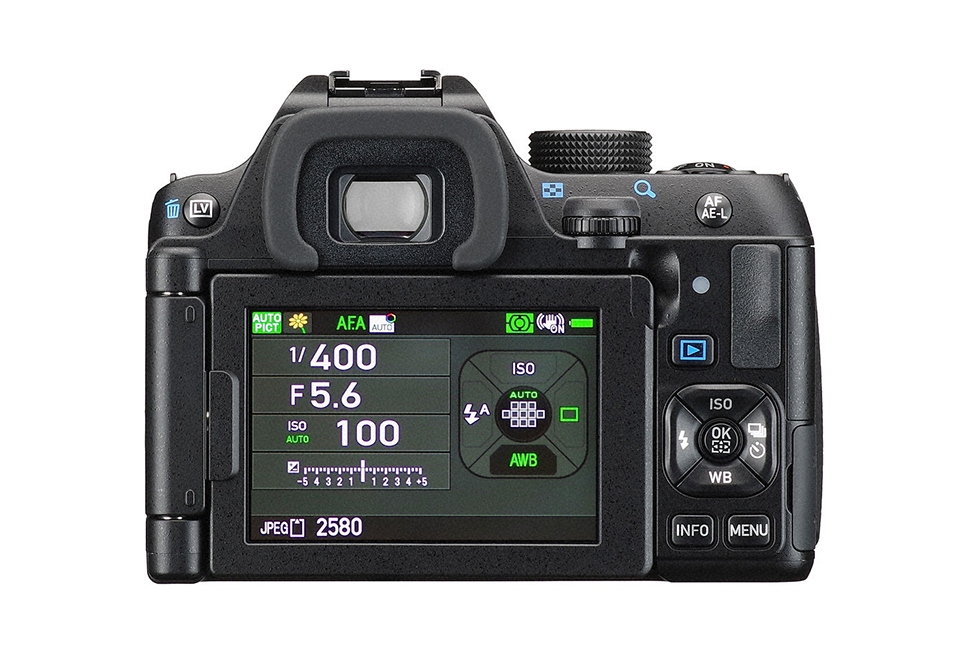
In true Pentax style, the K-70’s spec sheet goes well beyond what’s expected at this level, and it's great to see it back on sale at prices which make it a very good choice for beginners and even enthusiasts. It's the only Pentax DSLR we are aware of with on-sensor phase-detect AF, and the vari-angle rear screen is another big selling point.
A better AF system and 4K video would be nice, but you still get an awful lot for the money, and given that low-cost DSLRs (and indeed DSLRs in general) seem to be an endangered species, it's great to see the Pentax K-70 still on sale.
How we test cameras
We test cameras both in real-world shooting scenarios and in carefully controlled lab conditions. Our lab tests measure resolution, dynamic range and signal to noise ratio. Resolution is measured using ISO resolution charts, dynamic range is measured using DxO Analyzer test equipment and DxO Analyzer is also used for noise analysis across the camera's ISO range. We use both real-world testing and lab results to inform our comments in buying guides.
Read more
Best DSLR cameras
Best Pentax cameras
Best Pentax lenses
Verdict
The former editor of Digital Camera World, "Matt G" has spent the bulk of his career working in or reporting on the photographic industry. For two and a half years he worked in the trade side of the business with Jessops and Wex, serving as content marketing manager for the latter.
Switching streams he also spent five years as a journalist, where he served as technical writer and technical editor for What Digital Camera before joining DCW, taking on assignments as a freelance writer and photographer in his own right. He currently works for SmartFrame, a specialist in image-streaming technology and protection.
- Rod LawtonContributor
